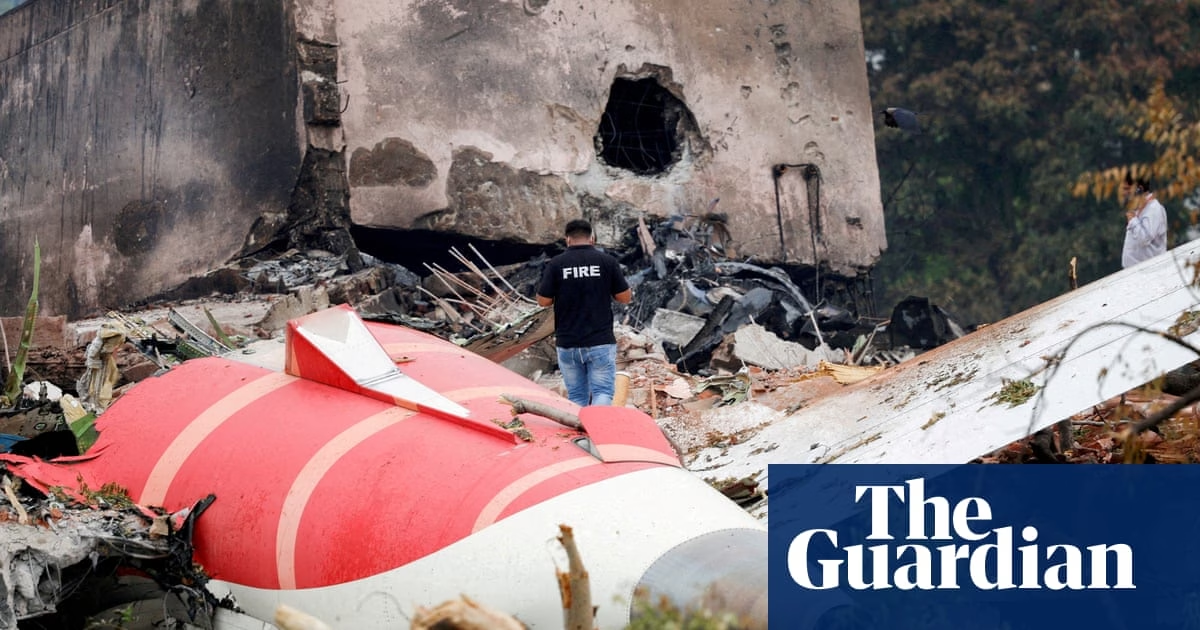India’s aviation regulator has issued an order for the country’s airlines to inspect the fuel switches on Boeing aircraft. This decision was made after a preliminary report on the Air India flight 171 crash in June revealed that the fuel supply had been cut off seconds after takeoff.
Following the incident, the Directorate General of Civil Aviation instructed airlines to examine the locking mechanisms attached to the fuel switches. South Korea is also preparing to instruct its airlines operating Boeing jets to carry out similar inspections.
The preliminary report, released on Saturday, found that both engines of the Boeing 787 Dreamliner involved in the crash were deprived of fuel, leading investigators to focus on the fuel switches in the cockpit. The crash resulted in the deaths of 260 people.
Online speculation suggests two possible theories: pilot error or sabotage, and a faulty fuel switch lock. However, India has warned that the investigation is still in its early stages and there have been no actions taken against Boeing.
Air India’s CEO, Campbell Wilson, acknowledged that the report has provided both clarity and raised additional questions. He emphasized that no cause has been identified and urged people not to draw premature conclusions.
The report also mentioned a voice recording from the flight deck, where one pilot was heard asking the other why the fuel had been cut off. The other pilot denied doing so, according to the report. Both fuel switches were eventually moved to allow fuel flow, but the plane was too low and slow to recover.
While there are theories suggesting that one of the pilots might have intentionally turned off the fuel, India’s Aircraft Accident Investigation Bureau stated that the report is only intended to provide basic facts and is not meant to provide definitive answers.
India’s Commercial Pilots’ Association expressed its deep concern over the speculative narratives, particularly the insinuation of pilot suicide. They stated that there is no basis for such claims and called them unfounded and insensitive.
Another theory suggests that the fuel switches, located just below the thrust levers, might have gotten switched off on their own. However, this is usually not possible as they operate independently and require a manual disengagement.
Adding to the concerns surrounding fuel switches, the preliminary accident report cited a bulletin issued by the US Federal Aviation Administration (FAA) in 2018. The bulletin recommended checking the locking mechanisms on multiple variants of Boeing aircraft, including the 787, after reports of fuel control switches being installed without the locking feature engaged.
However, the advisory only made recommendations and did not consider it an “unsafe condition” that required a mandated inspection. It was also issued in 2018 and related to multiple types of Boeing jets, which means the issue would have likely been flagged if the locks were faulty.
Steve Giordano, a former airline captain who flies Boeing planes, expressed his belief that the issues are not mechanical or related to the aircraft itself. He dismissed the possibility of suicide or intentional actions and stated that he is convinced that a human hand moved the switches.
Source: https://www.theguardian.com/world/2025/jul/14/air-india-plane-crash-report-boeing-fuel-switches-check








